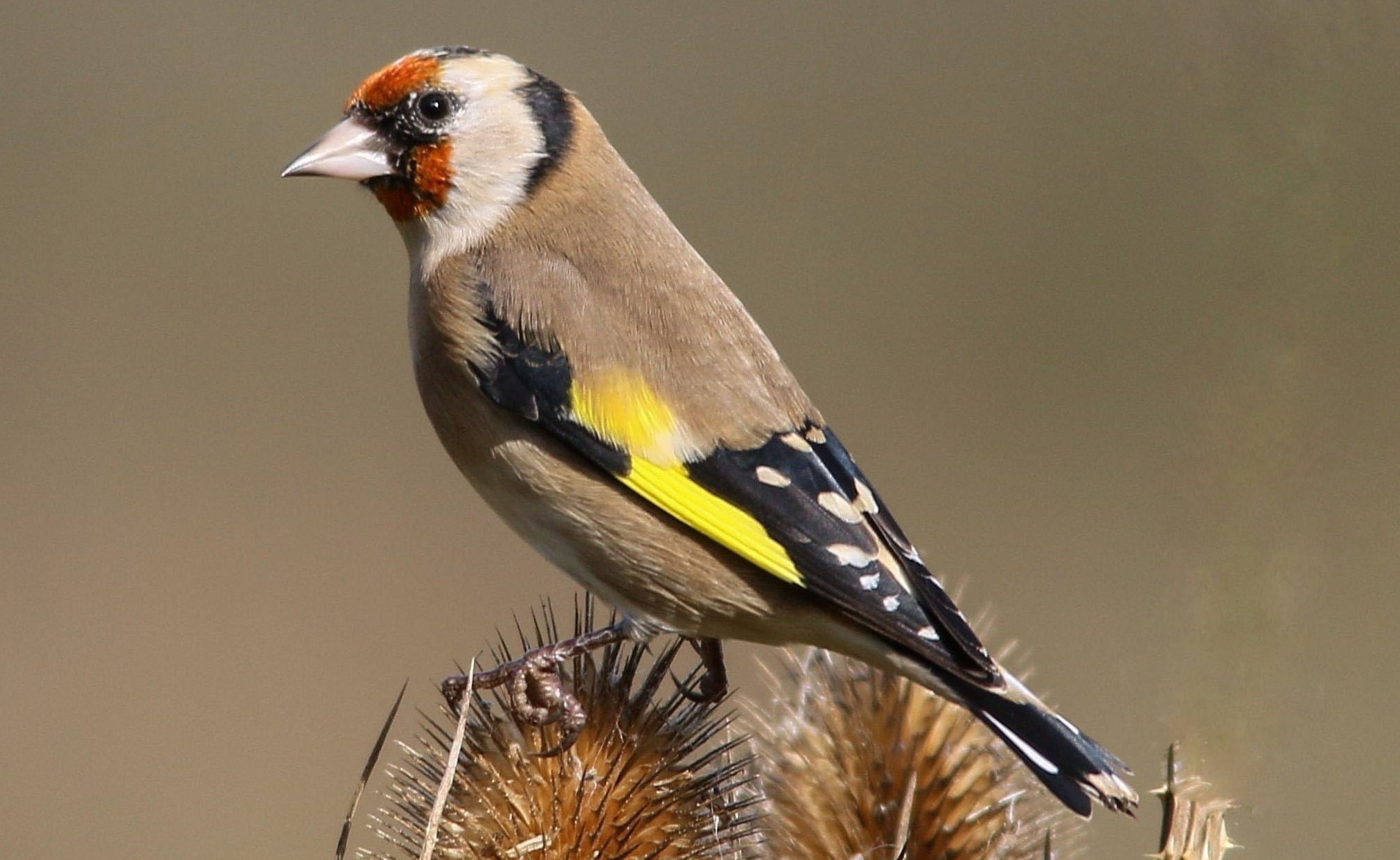
FAVOURABLE weather conditions helped boost numbers of goldfinches and other small garden birds spotted in an annual survey, the RSPB said.
More than 420,000 people across the country took part in the conservation charity’s Big Garden Birdwatch in the last weekend of January, recording 6.7 million birds visiting their gardens or local park.
There was a surge in sightings of species such as goldfinches, long-tailed tits and coal tits, with good weather last summer helping deliver a successful breeding season for the birds to swell their numbers.
There was mild autumn and winter weather in the run-up to the survey, making it easier for those birds to find food than in cold frosty conditions and helping more survive the winter.
Sightings of goldfinches were up 11% on the previous year, according to the survey, while long-tailed tits were up 16%, coal tits were up 15% and blue tits up 5%.
There was also a 5% rise in sightings of greenfinches, which was welcomed by conservationists as the birds have suffered a 58% decline since the survey began in 1979.
However, there was a fall in records of blackbirds, with sightings down 18%, and robins, which were down 12% compared to last year.
Wren sightings were also down, by 11%, the results from the survey revealed.
The milder winter can mean birds are less reliant on garden feeders because there is more food in the wider countryside, with potentially fewer birds visiting gardens as a result.
However, the RSPB said robins and wrens did not have a good breeding year last year, unlike tits and finches, and their numbers may be down overall.
RSPB conservation scientist Daniel Hayhow said: “Last summer was a really good year for many breeding birds with warm weather creating great conditions for many smaller birds to raise their young to adulthood.
“The rise in sightings of goldfinch, long-tailed tit and coal tit, along with chaffinches and greenfinches, goes to show that in the absence of cold weather they can survive the winter months in good numbers.
“Looking at the results, it is likely that across the UK this is what people are seeing in their garden.”
He said people will have noticed the weather this winter – before the beast from the east and other snowy, cold storms blew in – was slightly warmer than usual and garden birds will have felt that too.
“It’s usual for there to be more food available in the wider countryside during a mild winter meaning birds are less reliant on the treats we put out on the garden feeders.
“However, unlike the finches and tits, robins and wrens did not have a good breeding season in 2017 and data from other surveys indicate that their numbers may be down overall this year.”
The house sparrow was once again the most commonly seen bird in the survey, with starlings in second place again, though both birds have seen long-term declines in numbers seen per garden since the survey began.

Enjoy the convenience of having The Sunday Post delivered as a digital ePaper straight to your smartphone, tablet or computer.
Subscribe for only £5.49 a month and enjoy all the benefits of the printed paper as a digital replica.
Subscribe